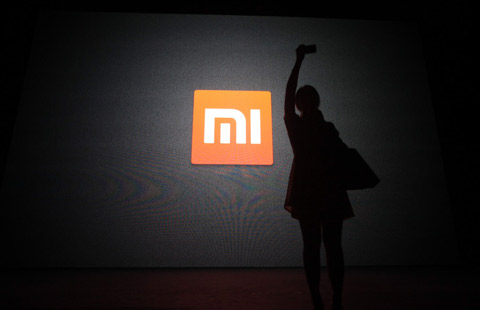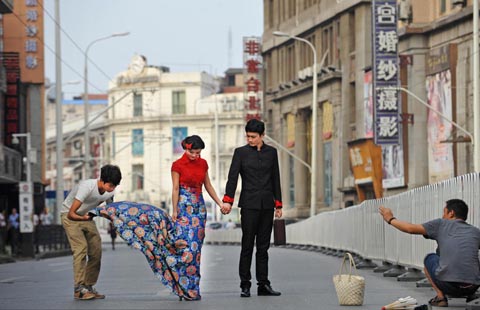Tire firms urge government to fight US action
By ZHONG NAN (China Daily) Updated: 2014-11-26 06:11
 |
|
A worker examines a tire at Shandong Wanda Boto Tire Co Ltd in Dongying, Shandong province. Photo by Yan Daming for China Daily |
The tire industry has urged the government to take decisive measures against the anti-dumping and countervailing duties imposed on tires imported from China after the United States Department of Commerce claimed on Monday that Chinese manufacturers benefited from government subsidies.
The US government said tires for passenger cars and light trucks produced in China were unfairly subsidized and should be subject to punitive tariffs ranging from 17.7 percent to 81.3 percent, depending on the manufacturer.
Fan Rende, honorary chairman of the Beijing-based China Rubber Industry Association, said US tire makers are aware that high labor and material costs are the biggest obstacles to generate profit. The move shows that the US is adopting a tough stance on China’s tire industry.
The association is discussing solutions and appealing to the government to take measures to protect the interest of Chinese tire makers in the US market.
“The US move is only an attempt to further cut Chinese tire producers’ market share in the US and it could encourage other countries or regional organizations such as the European Union, Japan and India, to take similar measures to reduce their trade deficits with China,” Fan said.
The highest rate will apply to tires from Shandong Yongsheng Rubber Group Co.
Jiangsu-based Cooper Kenda Tire (Kunshan) Co, a joint venture by Ohio-headquartered Cooper Tire and Rubber Co and Taiwan’s Kenda Rubber Industrial Co, will face duty of 12.5 percent. GITI Tire (Fujian) Co, a subsidiary of Singapore’s GITI Tire Corp, will be imposed tariff of 18 percent.
The United Steelworkers union — which represents 850,000 workers in North America in industries that include metals, rubber, chemicals, paper, oil refining, and the service and public sectors — urged US trade officials to launch the anti-dumping and countervailing duty case against certain tires from China in June.
Imports accounted for 47 percent of the US tire market in 2013, or for $10.5 billion of a total market of $22.3 billion. Chinese imports accounted for $2.3 billion, or nearly 22 percent, of the total imports, with Canada, South Korea and Japan being the other major exporting nations, according to the US International Trade Commission.
Zhao Ying, a researcher at the Institute of Industrial Economics of the Chinese Academy of Social Sciences in Beijing, said: “Most of the Chinese exports are low-end tires and do not endanger the US industry. Chinese tire manufacturers who plan to seek legal redressal for their problems will find it an expensive affair. Small and medium-sized Chinese tire makers will lose their access to the US market because they are incapable of paying the huge duties demanded by the US government. It will also be difficult for large Chinese companies to make profits (by selling to the US market).”
The US government is also set to announce preliminary findings on a related anti-dumping case for tires launched in January. If the US authorities confirm the tariffs, a process that could take six months, the Chinese government could challenge the same through the aegis of the World Trade Organization.
In 2009, the United Steelworkers said a surge in Chinese tire imports from 2004 to 2008 had cost 7,000 jobs, and it sought restrictions on the imports. US government backed the move, and in September 2009, the US levied a new duty of 35 percent on tire imports, which were imposed in addition to a pre-existing 4 percent tariff.
- Cash crunch fans expectation on RRR cut
- US extends antidumping duties on China's thermal paper
- Modern food van with ancient look in Shanghai
- China home prices continue to cool in November
- Asia's top 3 billionaires all Chinese
- Old investment remedy the treatment for China's "new normal"
- China's solar sector opposes US anti-dumping ruling
- BMW to recall 846 cars in China
















